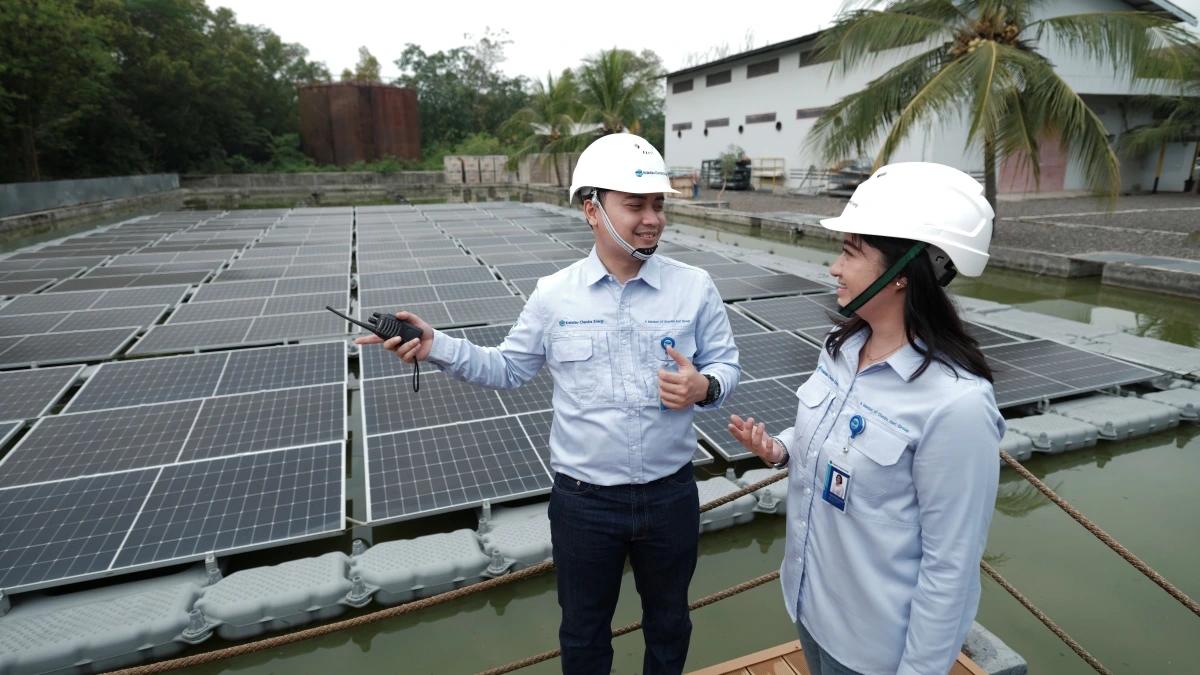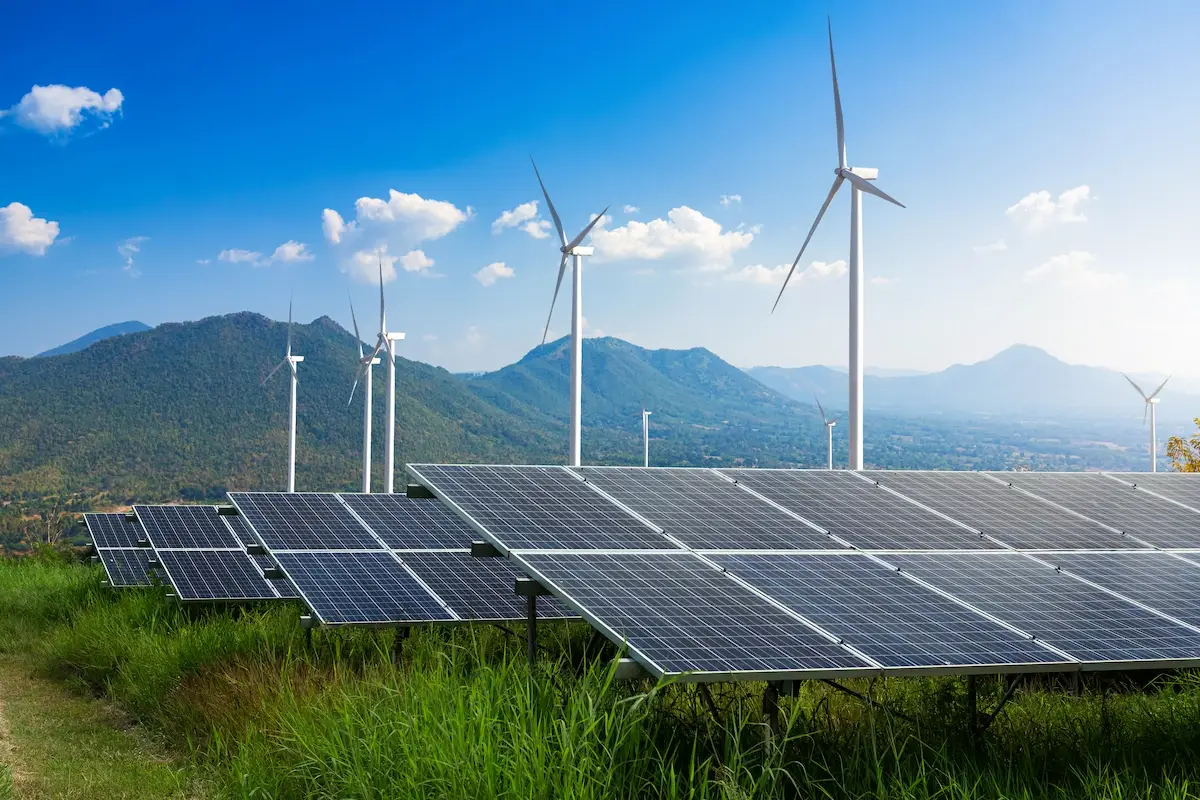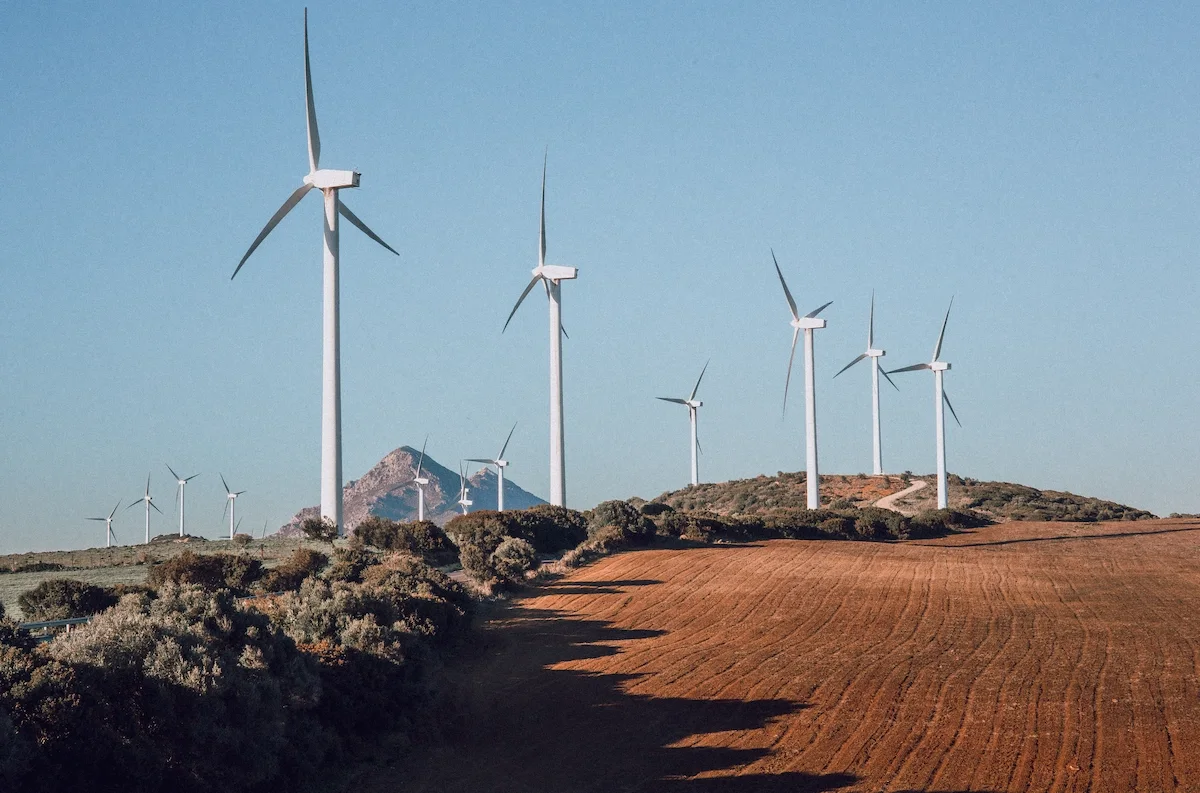
26-10-2025
Sustainable Energy: Is It Different from Renewable Energy?
The emerging climate change impacts have caught the global attention. It requires many parties to make significant efforts to reduce the effects, including using green technology and sustainable energy.
Sustainable energy has become one of the solutions to stop relying on non-renewable natural resources, like fossil energy, whose combustion releases carbon emissions. Want to learn more about sustainable energy? Read this article until the end!
What Is Sustainable Energy?

Sustainable energy is a source that will never run out and will remain viable for use throughout time. It does not need to be renewed and will always be able to meet human needs. As a result, sustainable energy has become one of the alternative energy options.
Furthermore, sustainable energy has almost no negative impact on the environment and does not increase the potential for climate change. It is important to note that climate change must be prevented as early as possible to avoid increasingly severe impacts on all aspects of life.
The World Health Organization (WHO) explained that 3.6 billion citizens now live in areas prone to climate change impacts. Furthermore, climate change is predicted to cause 250,000 additional deaths annually between 2030 and 2050 due to diarrhea, heat waves, malaria, and malnutrition.
Meanwhile, one of the primary causes of climate change is greenhouse gas emissions. Our World in Data mentioned that as Earth's temperature rises, sea levels increase due to melting glaciers. Also, it can cause changes in rain patterns and frequent extreme temperature rises.
Therefore, actions to reduce greenhouse gas emissions must be carried out thoroughly, including the use of sustainable energy. It offers a safer, more durable, and continuous energy source.
Then, what is the underlying meaning of sustainable energy? It is called sustainable energy because it can support human life in the long term. One example of sustainable energy is wind turbines. They supply electricity to your house as long as the wind blows.
Read also: New Renewable Energy: Definition, Indicators, and Examples
Why Is Sustainable Energy Important?
Did you know? Due to human activity, the Earth's temperature has increased by 1.5 degrees since the Industrial Revolution (mid-18th century to early 19th century). There are many factors behind the increase, but one of the most significant is greenhouse gas emissions.
Carbon particles from human activities, such as industry and motor vehicle use, are trapped in the atmosphere, preventing Earth's heat from escaping the planet. Consequently, temperatures continue to rise, causing glaciers to melt, increasing the frequency of extreme weather, and rising sea levels.
That’s why sustainable energy has become a viable solution, as this energy source produces little to no carbon emissions. By choosing this energy, humanity can slow down climate change.
Benefits of Sustainable Energy

Sustainable energy gives several benefits to the environment and humans, such as:
1. Reducing Dependence on Non-Renewable Energy Sources
As mentioned before, one of the leading causes of global warming is carbon emissions from human activities. This emission emerges from non-renewable energy combustion, such as fossil fuels.
By using sustainable energy, you can reduce dependence on fossil energy and move to cleaner and more renewable energy.
2. Supporting Sustainable Economy
The development of sustainable energy sources can create new jobs and support economic growth. Unlike fossil fuels, whose prices can be affected by geopolitical conditions, sustainable energy has a reasonably stable price in the long term.
3. Long-Lasting Energy Source
Sustainable energy will always exist. Thus, as long as the sun shines and the water flows, you can always use it. This energy guarantees the future of energy sources.
4. Sustaining Energy Access to the Needing Areas
Some areas in Indonesia may not yet have sufficient access to electricity. In this regard, communities can utilize river flows to power micro-hydro or hydroelectric power plants. In addition to water, people can also use small-scale wind turbines installed on large areas to supply electricity to homes.
5. Improving Public Health
Climate change also affects public health, as malnutrition and heat waves can be harmful to life. By using sustainable energy, you can use energy that is free from carbon emissions and other health threats.
Read also: Green Energy: Examples and Differences from Renewable Energy
Differences Between Sustainable Energy and Renewable Energy
Although both are solutions to global warming, renewable energy and sustainable energy have different contexts. Sustainable energy will never run out and is renewable, such as solar and wind energy.
Meanwhile, renewable energy sources, such as biofuels and biomass, still have the potential to deplete, indicating that not all renewable energy is sustainable.
Moreover, bioenergy, a form of renewable energy, has the potential to produce carbon emissions, although not as much as fossil fuels, and with a lesser impact. It implies that bioenergy is not classified as sustainable energy but as renewable energy.
Despite their differences, both types of energy can still be used as alternative energy sources to reduce dependence on non-renewable energy.
How to Implement Sustainable Energy
The implementation of sustainable energy must be pursued to reduce climate change. Here are some strategies to do so:
- Investing in sustainable energy: Examples include using solar panels and wind turbines for business, industry, and household purposes.
- Issuing regulations supporting sustainable energy: The government needs to develop rules governing the use of sustainable and renewable energy to reduce the use of fossil fuels.
- Educating and increasing public awareness: Not only stakeholders but also the general public must be aware of the global warming impacts due to carbon emissions and the importance of using alternative energy.
- Building proper infrastructures: The government and authorities also need to develop adequate energy infrastructure to widen the benefits.
That concludes the information about sustainable energy you can learn. Sustainable energy is one of the solutions to reduce the impacts of climate change that are worsening.
One of the sustainable energy sources you can use is a solar panel. If you need solar panels, Krakatau Chandra Energi can help you.
The subsidiary company of Chandra Asri Group offers on-grid, off-grid, and hybrid solar panels, allowing you to choose according to your needs. Entrust your renewable energy needs to Krakatau Chandra Energi!
Read also: What Is Clean Energy? Benefits, Types, and Examples